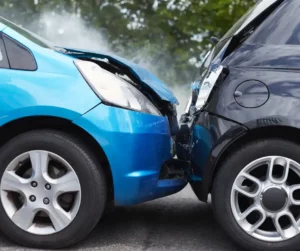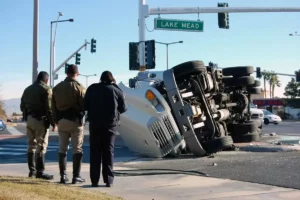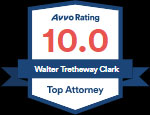Five children suffered injuries in a bounce house incident in South Carolina last week. The children were bouncing in an inflatable at a church carnival when a strong wind send the bounce house flying about 15 feet into the air. The bounce house came crashing back to the ground with the children still inside.
Sadly, this is not the first time injuries or deaths have occurred due to a bounce house accident. Last year, a 7-year-old girl died in Essex, England when a bounce house she was playing in blew away. She suffered multiple injuries and later died in the hospital. Two years ago, a waterspout came ashore in Florida, sending a bounce house into the air and injuring three children.
According to the Consumer Product Safety Commission, there were more than 113,000 inflatable-related injuries resulting in emergency room visits from 2003 to 2013.
What are the 3 “W’s” of Bounce House Safety?
Do parents need to avoid bounce houses for their children altogether to keep them safe? Fortunately, most experts agree that isn’t necessary. Instead, remember the three “W’s” of bounce house safety to determine when it is unsafe for your child to be in an inflatable:
- Weather: Experts suggest keeping kids off bounce houses when winds are 20 miles an hour and up. If you don’t know the exact wind speed, notice whether your clothes are flapping significantly in the wind. Are the trees or traffic lights swaying? Is it too windy to put up an umbrella? If so, then it’s too windy for a bounce house.
- Workers: Ensure there is an employee operating the bounce house. Just like you wouldn’t let your child swim in a pool or ride a roller coaster unattended, your child should never be in a bounce house unattended. A properly trained attendant should limit the number of children in the bounce house to ensure safety. They should also make sure smaller children aren’t jumping with bigger kids who could seriously hurt them.
- Warranty: Because California does not have specific regulations for bounce houses and other inflatables, this can be tricky. However, a reputable company should have some safety policies and inspection processes in place. Parents should learn about those and determine whether they are adequate to ensure their child’s safety before allowing them to bounce.
“These measures might seem excessive to some parents, but they are necessary to avoid an accident that could result in injuries, or worse. When it comes to the safety of your kids, a little extra work is always worth it,” said Attorney Walter Clark, founder of Walter Clark Legal Group.
Our firm has been handling personal injury cases throughout the California Low Desert and High Desert communities for over 30 years. With a 95% success rate, the personal injury attorneys at Walter Clark Legal Group will fight to hold those responsible for your loss accountable and win compensation to cover medical bills, lost wages, and pain and suffering. If you have been injured and want to discuss your legal options, contact us today for a free consultation with an experienced personal injury lawyer. We have offices in Indio, Rancho Mirage, Victorville, and Yucca Valley and represent clients through the entire California Low Desert and High Desert communities.
DISCLAIMER: The Walter Clark Legal Group blog is intended for general information purposes only and is not intended as legal or medical advice. References to laws are based on general legal practices and vary by location. Information reported comes from secondary news sources. We do handle these types of cases, but whether or not the individuals and/or loved ones involved in these accidents choose to be represented by a law firm is a personal choice we respect. Should you find any of the information incorrect, we welcome you to contact us with corrections.
- What To Do If You Have Been Injured At A Concert In California? Mar 27,2024
- Walter Clark Legal Group Reimburses Thanksgiving Ride Fares Nov 14,2023
- Walter Clark Legal Group Donates Backpacks to Booker T. Washington Elementary School Aug 22,2023
- Walter Clark Legal Group Donates Backpacks to Underserved Students Aug 22,2023
- Walter Clark Legal Group Reimburses Labor Day Ride Fares Aug 21,2023
- 2023 Safe Ride Home Program Jun 21,2023





















